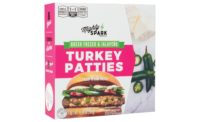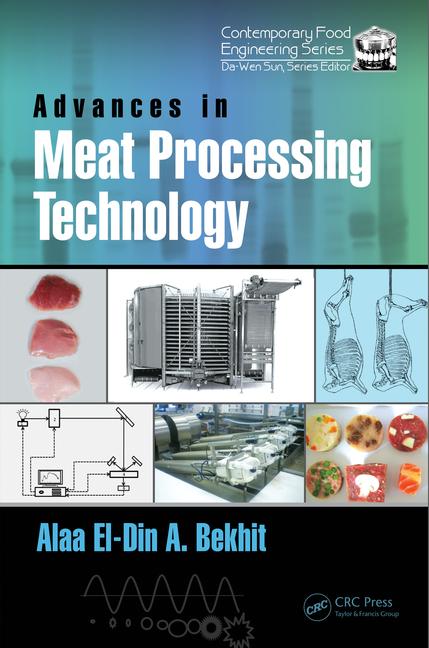I received a wonderful donation to my library recently, courtesy of Ed and Regina Woods of Woods Smoked Meats in Bowling Green, Mo. They sent me an operations manual, issued by the National Institute of Locker and Freezer Provisioners. You’d be more familiar with that group under its current name, the American Association of Meat Processors, or AAMP.
The manual, the Woods guessed, belonged to Ed’s father. While there is no specific date on it, some of the pages refer back to the early 1960s. Robert Madeira was the executive director of the association at the time. It is a massive binder – 11 X 11 X 3 and weighing in at about 6 pounds.
“This Operational Manual… is an attempt to gather, in a comprehensive and useful form, the latest data and information on every major phase of the locker and freezer provisioning business,” states the forward. “This information has been obtained from industry experts and authorities, suppliers, government and university publications, trade journals, research, and from many other sources. It represents the pooled knowledge and experience of industry leaders from the very beginning of the industry until now.”
The manual certainly lives up to its goals. Obviously, the actual operations of a meat locker are described, including a daily maintenance list, smokehouse design, plant construction and layouts, and butchering how-to’s. There is a whole page dedicated to producing beef bacon, though the manual notes, “it is not likely that it will ever become as wildly accepted as the beef prduct.”
There’s much more than that, too. The manual has pages dedicated to check-cashing policies, which was a necessity in the days before credit cards. There are income tax tips, inspection guidelines, signage, hiring practices and more.
Marketing makes up a sizable chunk of the manual, because even then, small plant owners had to be their own marketing directors. Radio and TV ad scripts are provided, as are examples of newspaper ads. Naturally, the delivery methods of marketing have changed dramatically, as social media and the Internet has sadly destroyed the newspaper industry. Some of the messaging, though, remains the same.
Sample ads in the manual stressed the value of local meat. Others touted the value of buying meat in bulk for consumer freezers. About 60 years later, those needs are still in demand by consumers. Even before the Coronavirus pandemic led to panic buying, which in turn left to some meat shortages, consumers had a growing interest in locally sourced meats. Since the pandemic has affected our businesses and society in general, people are more interested in ever in buying half a beef or a quarter beef, working with local farmers and local slaughterhouses to provide the meat.
I wanted to share a few pictures of the manual with my readers. I hope you like this walk through a little meat industry history.















